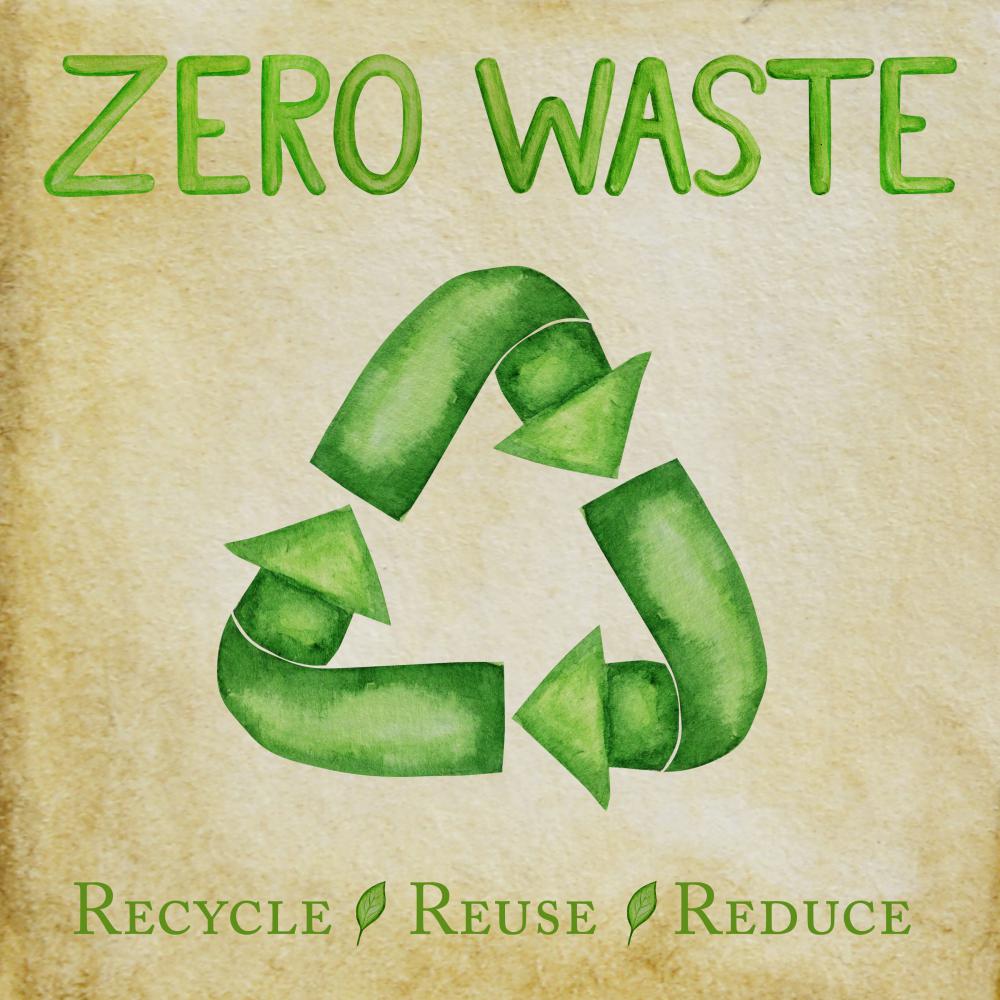The circular economy | How can we all contribute?
Our planet is running out of its resources, but with this simple idea, huge changes can be made.
The Problem
Nearly 92% of the world’s resources (metals, plastics, wood, concrete, chemicals, and all other materials in circulation) are only used ONCE before it becomes waste. Yes, it’s true, and rather obviously this just isn’t sustainable.
The problem is that for too long we’ve been used to buying everything new (i.e. dishwashers, cars, tools), using it until it breaks or goes out of fashion, then we simply buy new ones and dispose of the old. Our world is literally running out of resources, so the time has come for us to start thinking differently.
The Solution
A circular economy is a straightforward concept. Instead of making, using and throwing away we make things so they're not wasted at the end of their life. It also includes concepts of not ‘owning’ but ‘hiring’. Libraries are a brilliant example of this – a single book provides information to hundreds of readers. So, let’s put this idea into practise with other areas of our lives. It would mean we no longer have waste, because it’s simply on a loop. Maintenance would be included in the lease contract, as well as potentially all running costs, like electricity. The remanufacturing and refurbishing of products would also mean keeping more people in their jobs. When an item gets old, it’s simply taken back by the company, updated and redistributed. And by using fewer, more durable materials, the products can be produced with fewer resources. Simples!

Plastics circular economy
Plastics
The same idea needs to be implemented for plastics because, if we continue as we are, there will be more plastic than fish in the ocean by 2050. There need to be radical innovations in the way companies operate so that we can eliminate all plastic we don’t need. The only answer is to tackle the plastic problem at source and circulate everything we produce.
Examples:
- The company Marealis uses discarded prawn shells from the seafood industry to produce a natural supplement which lowers blood pressure.
- The Hias Process fuels the circular economy by cleaning wastewater and extracting phosphorus (a valuable resource for the agricultural sector).
- Repack is a reusable and returnable packaging service. You simply post your packaging back to them to be used again.

What can we do?
What Can Businesses Do?
There are lots of economic benefits to businesses by operating and interacting within the circular economy. This is through exploring new opportunities for revenue and maximising profits, and at the same time building resilience and market competitiveness. For example:
- Consider how you offer value to your customer and think if this could be delivered in a different way. Perhaps renting or leasing your product instead (servitisation) for example?
- Revisit the design of your products and see if they could be altered for easy repair and reuse. This could also mean fewer materials being used in the first place saving costs on production.
- As a result of shrinking your costs through reduced resource requirements, you would be able to be more competitive in your prices.
- On top of your normal recycling, explore taking products and materials out of the waste stream and think creatively about how you could repair, remanufacture and reuse the waste to generate a new service or product. An added bonus of reducing your impact on the environment and local community would be your reputation amongst stakeholders would greatly improve.
- ‘Industrial symbiosis’ is when a business earns revenue from another business’s waste or by-product. Look into any possible opportunities with the businesses around you.
- Change to virtual services instead of physical products (e-books instead of books).
- Provide virtual locations instead of physical shops (online shopping).
- Move to cloud computing and storage to deliver services remotely.
- Choose resources and technologies wisely:
- Move to renewable energy and material sources
- Invest in advanced technical solutions like 3D printing
- Use service-centric delivery models instead of product-centric
What can individuals do?
So many of our daily functions revolve around habit and routine. If we were to start thinking just a little bit differently, we could make a massive change. Consider the way you think about products for example. Do you actually need to buy a new washing machine, or could you rent one instead? There are several companies in the South West that offer this service for all white goods.
Read on for more ideas:
- Learn about the ‘Libraries of Things’ on our page mend and rent. They are places where you can hire everything, from tools to sewing machines, and then simply return them when done.
- Don’t let your clothes become landfill. Look at our page on textile recycling for ideas.
- Join a car club and help to reduce the number of cars on the roads (while saving money too!).
- Say ‘no’ to take-away packaging. Use your own containers when you pop to your local curry house or chip shop. Read more here.
Systems Thinking
In order to make this work there needs to be a major shift in our way of thinking. It’s no longer a case of ‘each to their own’, we’re officially in this together. Each part of the circular economy is connected. So, every company, person or organism’s actions influence the others, which is known as ‘systems thinking’. We need a strong infrastructure which encourages the flow of used materials, the use of renewable energy, and the understanding that we are all linked.